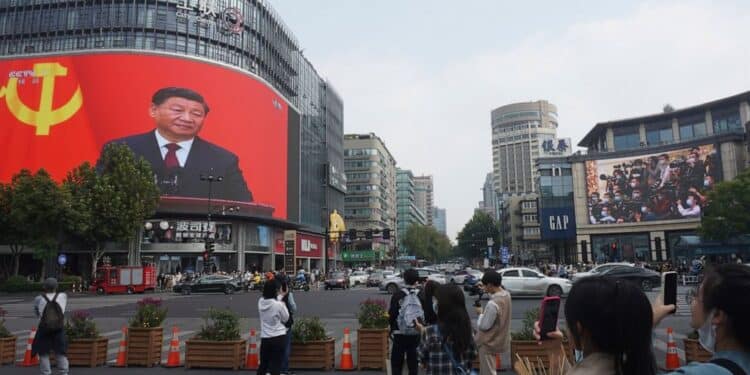China’s generative artificial intelligence sector has witnessed explosive growth, with the number of users doubling to 515 million in the past six months, according to newly released data from the China Academy of Information and Communications Technology (CAICT). The surge underscores the rapid adoption of AI-powered applications across the world’s second-largest economy — from education and media to e-commerce and government services.
A nationwide AI boom
Since the Chinese government approved the first batch of domestic large language models for public use earlier this year, the market has expanded at an unprecedented pace. Major technology firms, including Baidu, Alibaba, Tencent, and ByteDance, have rolled out AI assistants and creative tools aimed at both consumers and enterprises.
Analysts attribute the growth to two main factors: an easing of regulatory uncertainty and aggressive integration of AI features into existing platforms such as WeChat, Taobao and Douyin. Users have embraced the technology for tasks ranging from translation and content generation to customer support and coding assistance.
Government support and regulation
Beijing has placed generative AI at the heart of its national innovation strategy, while simultaneously maintaining tight oversight. The Ministry of Science and Technology recently reaffirmed that all AI models must comply with Chinese “core socialist values” and data security requirements.
Despite the regulatory constraints, investment in AI infrastructure has accelerated. State-backed funds are supporting semiconductor development and cloud computing capacity to reduce reliance on foreign suppliers. Local governments in cities such as Shanghai, Shenzhen and Hangzhou have introduced incentives for AI startups and research hubs.
Corporate race for dominance
China’s tech giants are now competing intensely to capture market share. Baidu’s Ernie Bot has surpassed 200 million users, while Alibaba’s Tongyi Qianwen platform has integrated into enterprise software used by thousands of firms. ByteDance, meanwhile, is leveraging its social media reach to embed AI-generated content tools into Douyin and TikTok’s Chinese equivalent.
Experts say this domestic competition is fuelling innovation and driving rapid improvements in model accuracy, creativity, and localisation — areas that could help Chinese AI systems rival global counterparts such as OpenAI’s ChatGPT and Anthropic’s Claude.
Global implications
The doubling of China’s AI user base places the country at the forefront of global adoption, accounting for nearly 40% of all generative AI users worldwide. Economists note that this growth could significantly influence productivity, digital trade, and intellectual property frameworks over the next decade.
As China scales its AI ecosystem, the challenge will be balancing innovation with control — ensuring that technological progress remains aligned with both commercial ambition and state policy.
Newshub Editorial in Asia – 22 October 2025



Recent Comments